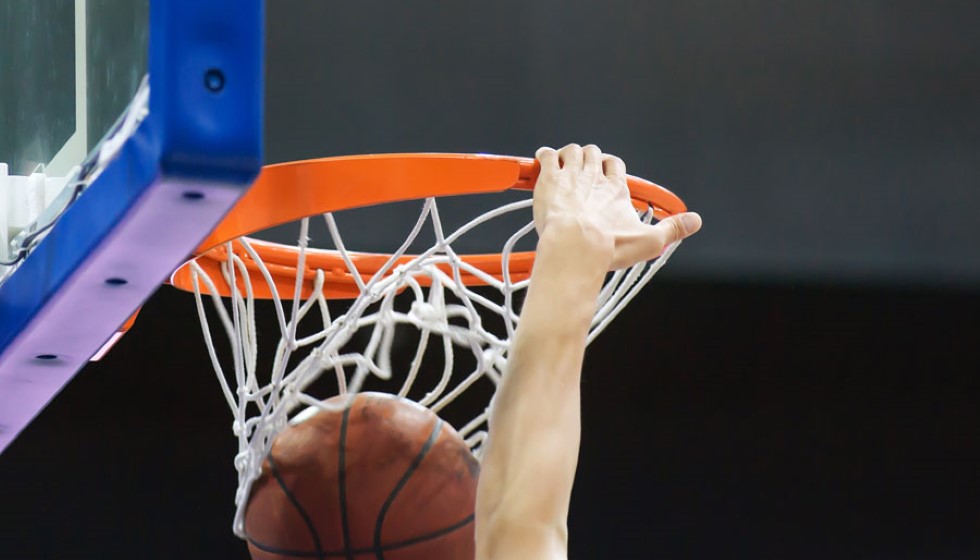
Miami Heat's Strategic Position in the NBA Landscape
As the Miami Heat find themselves firmly positioned as the No. 5 seed in the Eastern Conference, the conversation around South Florida’s beloved team is charged with intriguing elements of past success, current challenges, and future prospects. Coming off a remarkable run to the 2023 NBA Finals as a Play-In contender, the Heat are not strangers to defying expectations. Their journey reflects a unique combination of experienced leadership and prudent fiscal strategy, yet it is fraught with the pressures of navigating a highly competitive conference.
Current Performance and Historical Context
With a 45-win pace this season, the Heat are maintaining a rhythm reminiscent of their 2020 campaign when they also reached the NBA Finals as a No. 5 seed. However, this season's standings are a far cry from 2022 when they clinched the No. 1 seed, setting a high bar for successive campaigns. Their ability to contend from varying seed positions underscores both flexibility in team dynamics and strategic adaptability, traits that are becoming hallmarks of the franchise under head coach Erik Spoelstra’s stewardship.
Financial Commitments and Future Planning
The franchise's financial maneuvering is a topic of considerable interest, with the Miami Heat having committed $191.5 million to their roster. This significant financial investment underscores their dedication to maintaining a competitive edge in a league where financial prudence and talent acquisition must go hand in hand. Intriguingly, Jimmy Butler, the six-time All-Star and team leader, has a player option within these commitments. As Butler nears 35 years of age, the Heat’s management must consider both the immediate impact and the long-term implications of his contract.
Further complicating the Heat’s roster strategy is the shortage of draft capital, being currently out two first-round picks due to past deals. This scenario necessitates a focus on maximizing the current squad’s performance and judiciously evaluating any trade possibilities that arise. Notably, core players like Bam Adebayo and Tyler Herro are under contract until at least 2026, offering the team stability and potential for growth around which they can build.
Looking Ahead: Strategic Considerations
The 2026 free agent class looms large on the horizon, headlined by stars such as Luka Dončić, Trae Young, De'Aaron Fox, Kristaps Porziņģis, and Jaren Jackson Jr. The potential availability of such talent presents tantalizing prospects for teams with the foresight and flexibility to position themselves as attractive destinations. For Miami, whose allure has historically been enhanced by its vibrant culture and successful legacy, the upcoming years represent a crucial period of strategic planning.
De'Aaron Fox, who shares a collegiate bond with Bam Adebayo, represents a compelling storyline in the potential shaping of future roster constellations. Building relationships and understanding the overlapping personal histories can sometimes tip the scales in favor of successful negotiations in the high-stakes realm of professional basketball.
The Heat's Legacy Continues
The Miami Heat's journey this season reflects a microcosm of broader trends within the NBA—an elite organization navigating the complexities of competitive balance, financial strategy, and dynamic team-building. With the organization’s storied past as both a Play-In Tournament dark horse and a former No. 1 seed, there remains a palpable sense of momentum that they may once again carve out a fruitful path in the playoffs.
Their ability to adapt and recalibrate their approaches to building a championship-caliber team will determine how they navigate immediate challenges and lay the groundwork for long-term excellence. For both ardent supporters and industry observers, the Miami Heat’s saga promises to be a captivating narrative full of twists worthy of past glories and the potential for future triumphs.